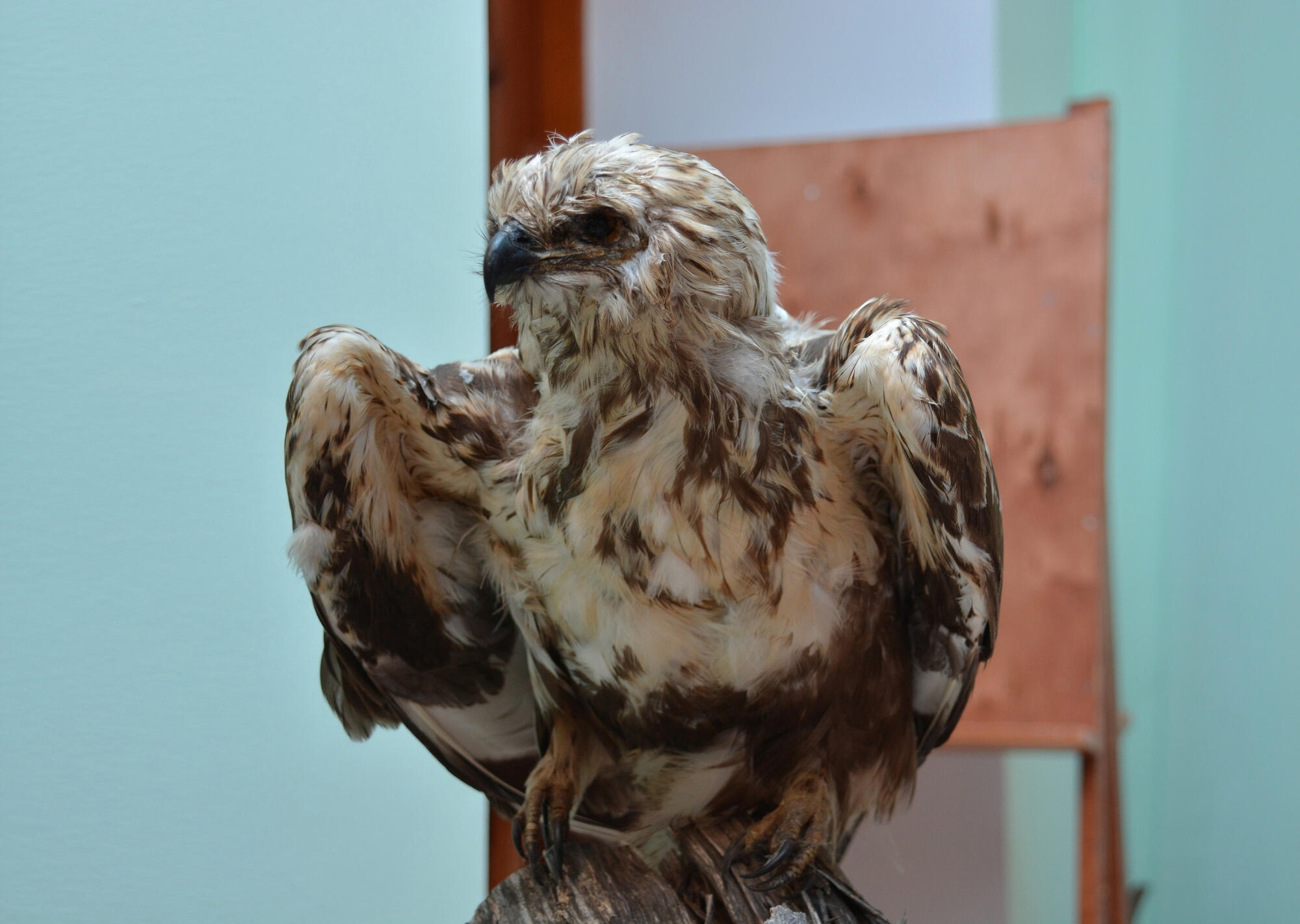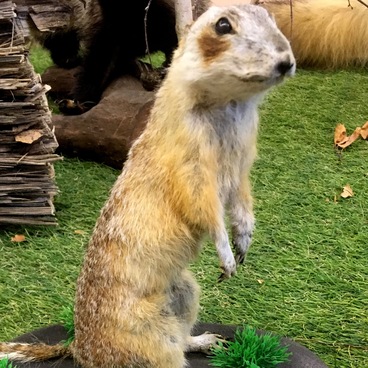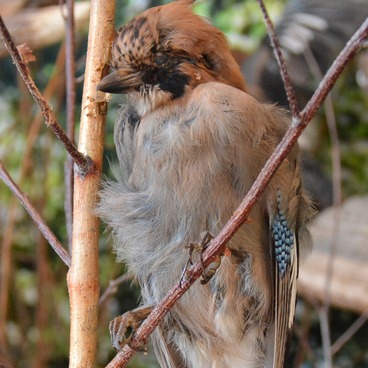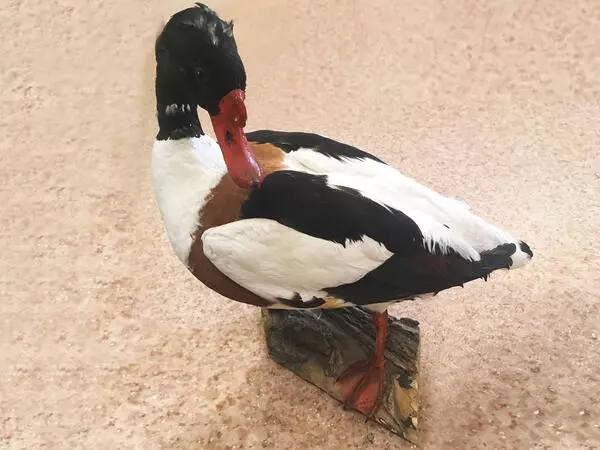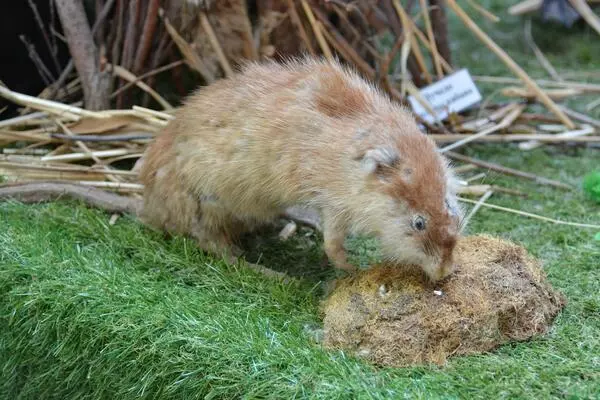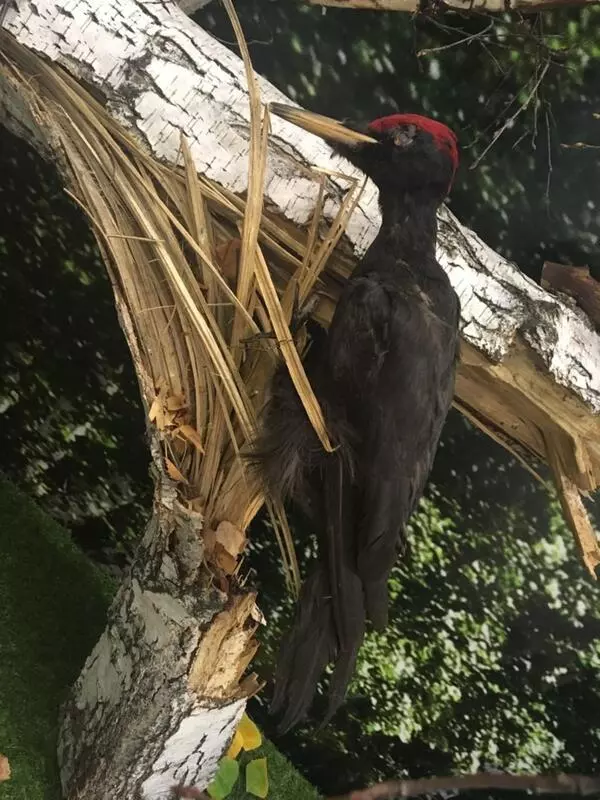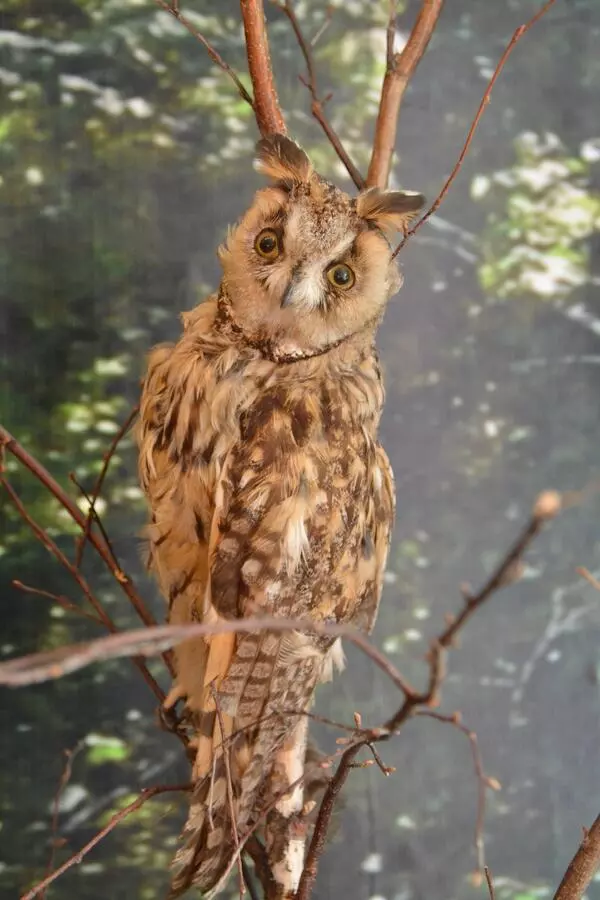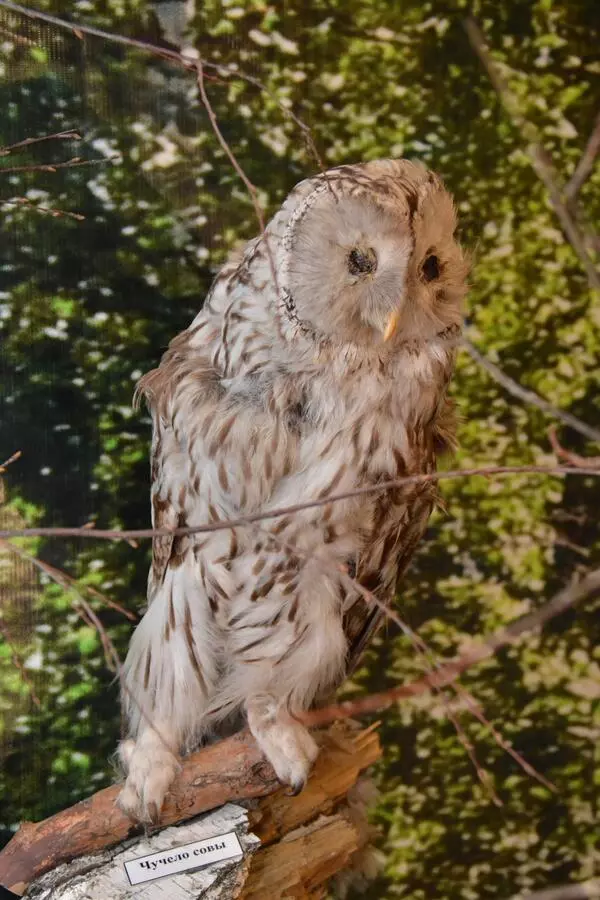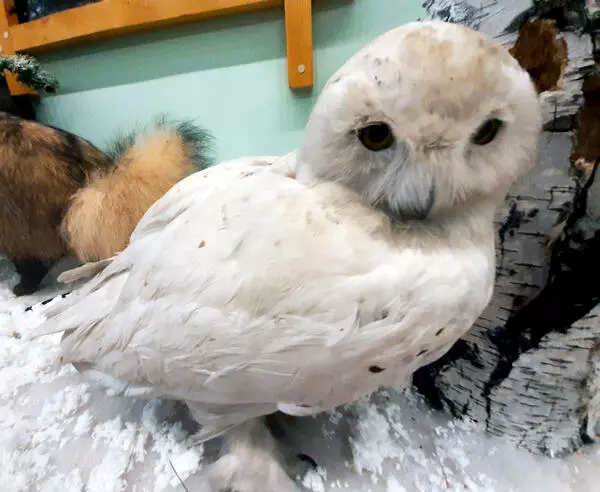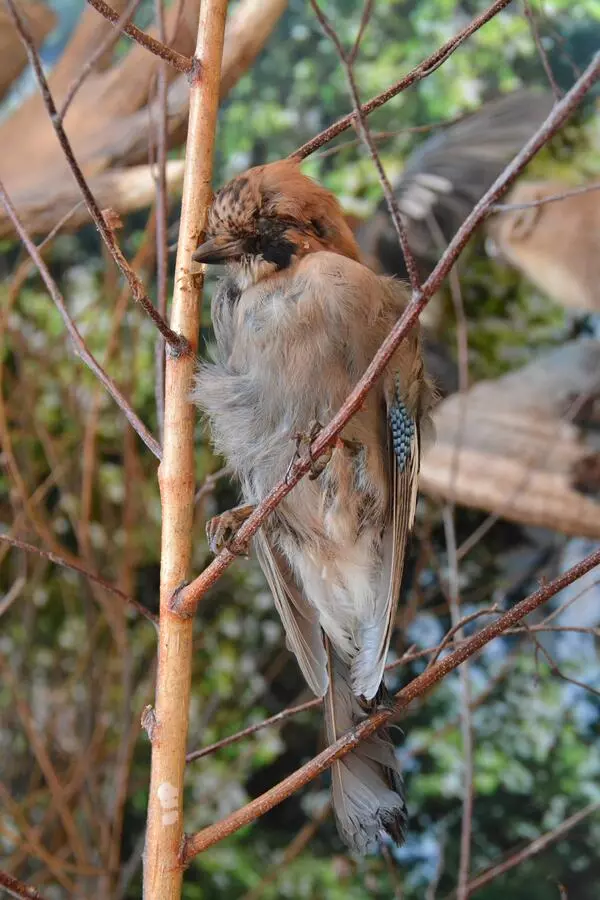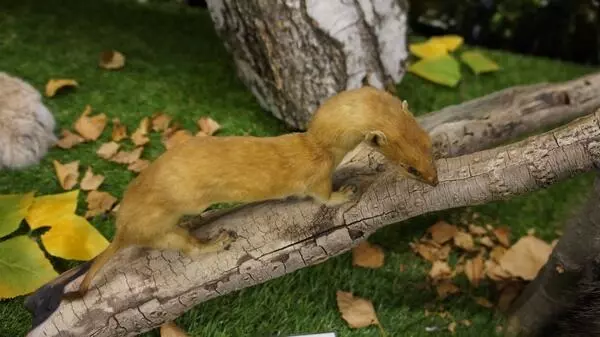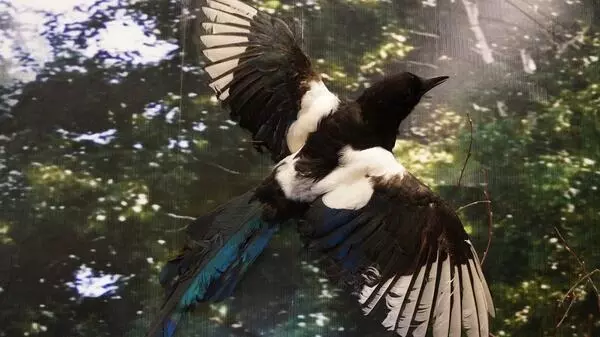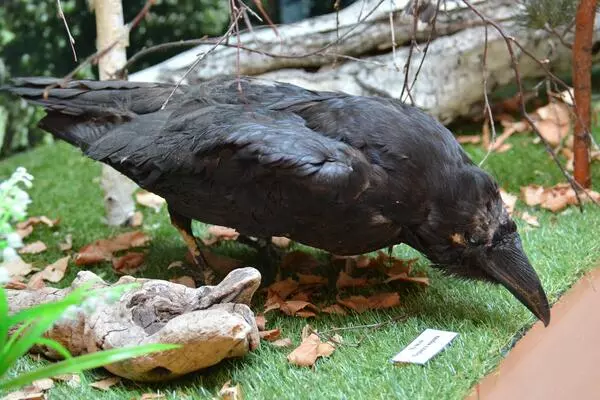The falcon is the most numerous species in the falcon family. The bird has a strong body measuring up to 60 centimeters with a wide chest and powerful limbs. Its short beak resembles a hook with a sharp barb in the upper part. Falcon females are much larger than males in terms of both weight and size.
In their first year, young falcons have longer quills, and their wings appear wider, similar to those of the buzzard or eagle. Such a design impairs the bird’s ability to hunt but allows it to learn to fly. Adult birds can be told by their thin, tapered wings that enable them to maneuver nimbly and develop a great speed in the diving flight. For example, the peregrine falcon is believed to be the fastest bird in the world because it can speed up to 300 kilometers per hour when diving to catch its prey.
Falcons inhabit all continents except Antarctica. Falcons nest in trees when they occupy nests made by other birds, on the ground, rocks, or tall structures. Falcons are usually divided into four groups by their morphologic features and preying methods. Small insectivore falcons with long, narrow wings are called hobbies. Falcons that prey on small rodents are called kestrels. The largest representatives of the genus are falcons themselves. The gyrfalcon, saker falcon, lanner falcon, and laggar falcon also belong to the genus although their coat looks more like that of the hawk.
In 2005, Canadian researcher Louis /lui/ Lefebvre /le’fevr/ from McGill University proposed counting the birds’ IQ by the level of the creative capabilities they use to acquire food. According to the method, falcons rank among the most intelligent birds. Large falcons are trained and used as hunting birds.
Falcons are a young bird genus compared to other birds of prey. The earliest fossil birds in the genus belong to the late Miocene. In other words, they are less than 10 million years old. In Ancient Egypt, the falcon stood for Horus, the god of kingship. In Inca culture, the bird symbolized the Sun. Slavic folklore is full of references to the falcon as a symbol of courage and honor.
In their first year, young falcons have longer quills, and their wings appear wider, similar to those of the buzzard or eagle. Such a design impairs the bird’s ability to hunt but allows it to learn to fly. Adult birds can be told by their thin, tapered wings that enable them to maneuver nimbly and develop a great speed in the diving flight. For example, the peregrine falcon is believed to be the fastest bird in the world because it can speed up to 300 kilometers per hour when diving to catch its prey.
Falcons inhabit all continents except Antarctica. Falcons nest in trees when they occupy nests made by other birds, on the ground, rocks, or tall structures. Falcons are usually divided into four groups by their morphologic features and preying methods. Small insectivore falcons with long, narrow wings are called hobbies. Falcons that prey on small rodents are called kestrels. The largest representatives of the genus are falcons themselves. The gyrfalcon, saker falcon, lanner falcon, and laggar falcon also belong to the genus although their coat looks more like that of the hawk.
In 2005, Canadian researcher Louis /lui/ Lefebvre /le’fevr/ from McGill University proposed counting the birds’ IQ by the level of the creative capabilities they use to acquire food. According to the method, falcons rank among the most intelligent birds. Large falcons are trained and used as hunting birds.
Falcons are a young bird genus compared to other birds of prey. The earliest fossil birds in the genus belong to the late Miocene. In other words, they are less than 10 million years old. In Ancient Egypt, the falcon stood for Horus, the god of kingship. In Inca culture, the bird symbolized the Sun. Slavic folklore is full of references to the falcon as a symbol of courage and honor.
